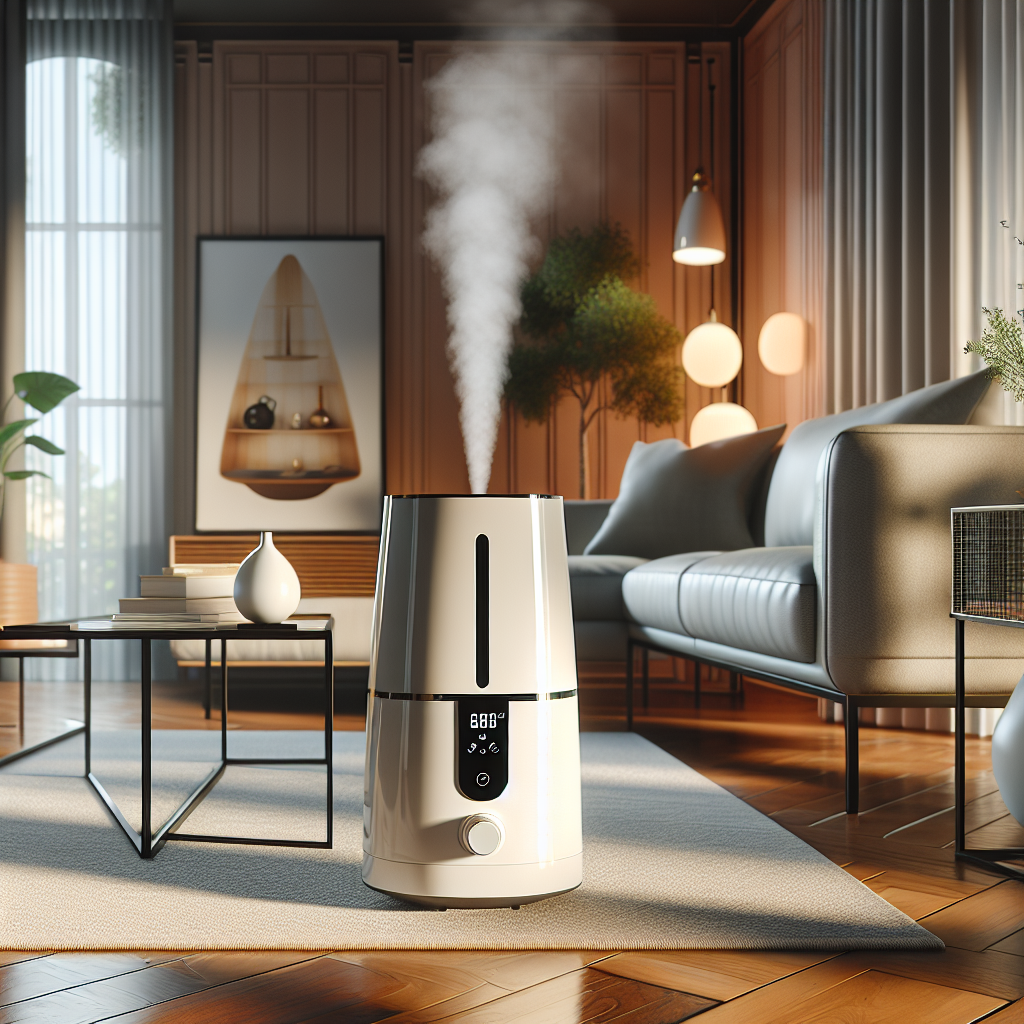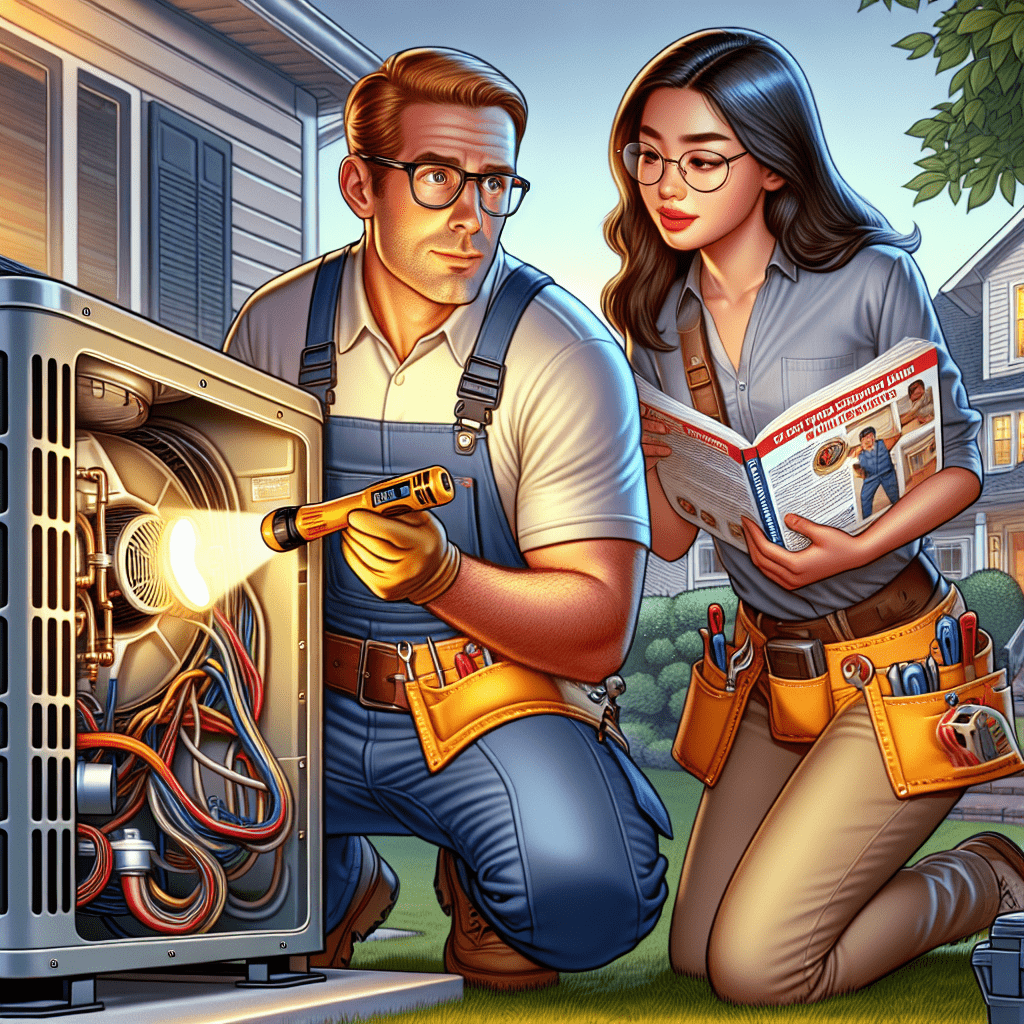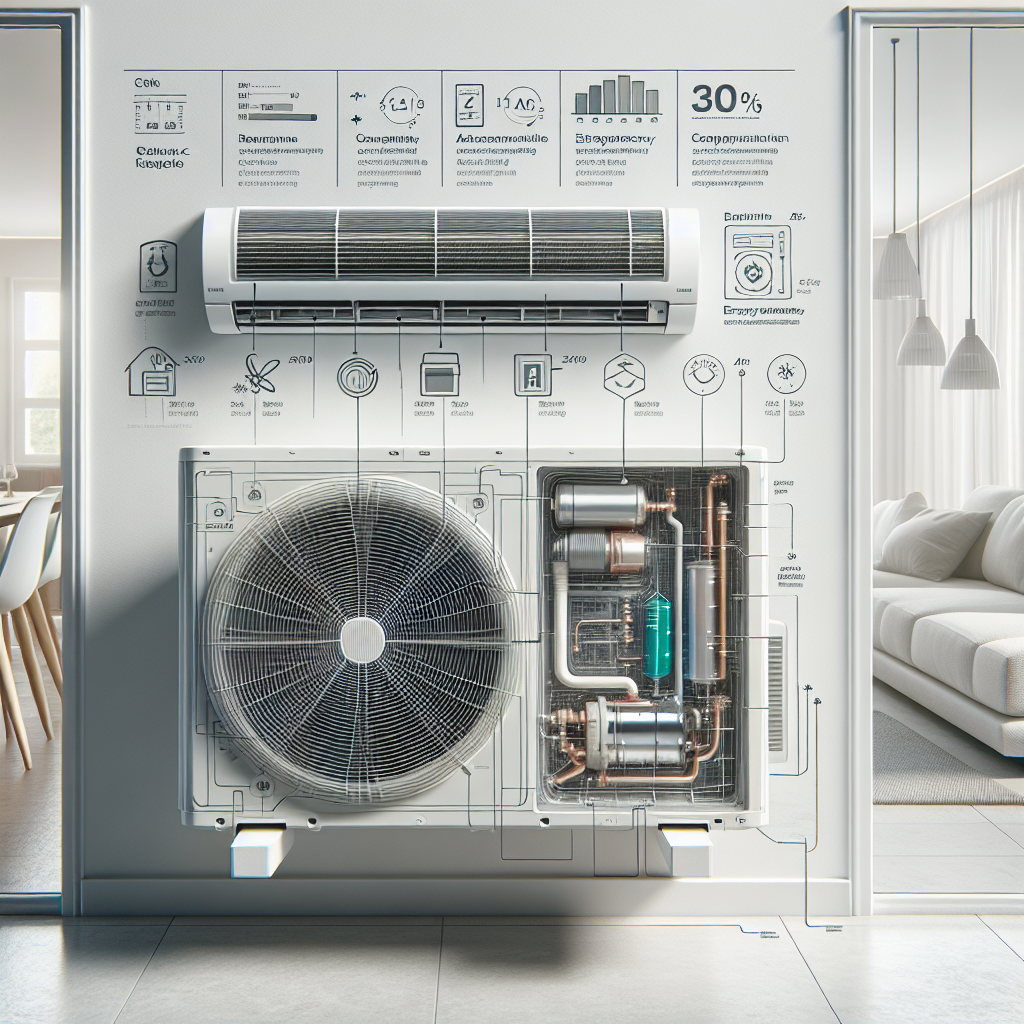Even though air conditioning is a common feature of American homes, not everyone is familiar with its routine maintenance. Changing your air filter is often on top of the list when air conditioners aren’t working efficiently or malfunctioning. Have you ever tried this? Are you aware of the recommended frequency? Follow our detailed instructions to maintain your air conditioner.
The best friend of your air conditioner is an air filter.
The filter eliminates impurities and pollutants that can otherwise harm the compressor in your air conditioner. To maximize efficiency, you should replace the air filter every three months. By doing this, the lifespan of your air conditioning unit will not only be extended, it will also be working efficiently on a regular basis.
Step 1: Offset the unit.
This is the first step in ensuring your safety if you need to do any maintenance on an appliance. And don’t worry, replacing the air filter won’t take long enough to prevent the home from heating up.
Step 2: Removing the filter.
The return air duct houses the air filter in most air conditioning devices. You won’t feel air coming from the air conditioner while it is on since here is where the air is taken from the room into the cooling unit. Check the owner’s handbook for the filter if you can’t locate it. And if you’re still unsure of its location or how to get rid of it, don’t hesitate to contact us.
Step 3: Clean or replace the filter.
The filter is designed to be cleaned in various air conditioners. The filter may be cleaned by washing or wiping away the debris. In some cases, the filter is thrown away. You’ll discard it and get a new one. Check your owner’s handbook or contact us if you’re unsure which situation applies to your particular device.
Step 4: Reinstall the air filter.
Slide your reusable filter back into place after cleaning it or finding a replacement for your disposable filter. Look for directional arrows on the filter to confirm that it is pointing in the appropriate direction.
Step 5: Restart the unit.
Pay attention for a few minutes when you initially switch on your air conditioner after replacing the air filter. It ought to function smoothly and effectively, but if you detect any changes in its operation or strange noises or odors, don’t hesitate to contact us. Once the filter has been changed, a more significant issue probably is to blame for your AC’s problems.
Purchase a new filter.
From various brands to sizes, your neighborhood appliance shop should carry a wide range of options. Depending on the quality of your filter, the typical cost per filter ranges from $20 to $80, making the yearly maintenance expenditures for your home very low. There will be technical terms that you may not be acquainted with when you go to the shop. The most popular acronyms are listed here, along with a short explanation.
- MPR (Micro-Particle Performance) – This rating system, which stands for Micro-Particle Performance, assesses how efficiently the filter collects particles smaller than 1 millimeter. Only 3M filters should show this, and a rating between 1500 and 1900 is ideal.
- FPR – The Filter Performance Rating is the only rating available from Home Depot. The higher the number, using a more straightforward scale of 1–10, the better it filters away the trash.
- HEPA: If you want to cut down on the quantity of dust on your heating system when it blows out, search for a High-Efficiency Particulate-Arresting (HEPA) filter. HEPA filters employ an electric charge to capture molecules as they travel through the filter. A quality air filter is typically any number over a ten on their scale.






